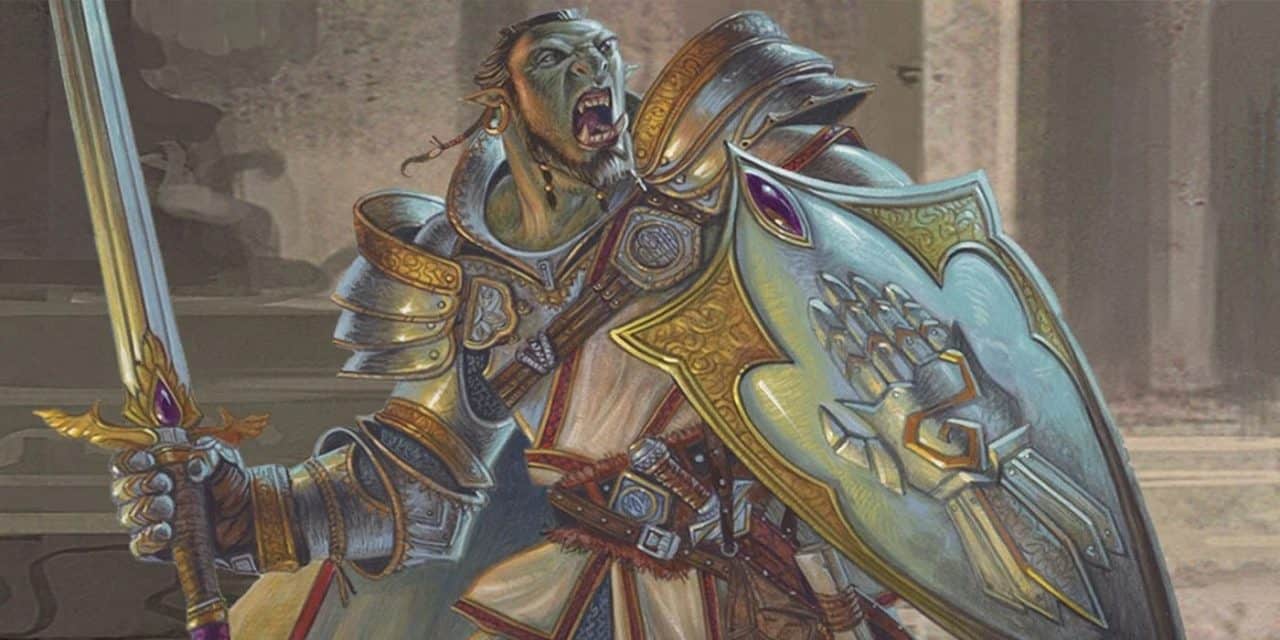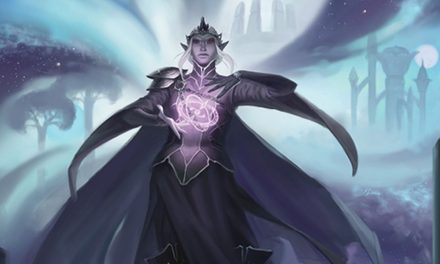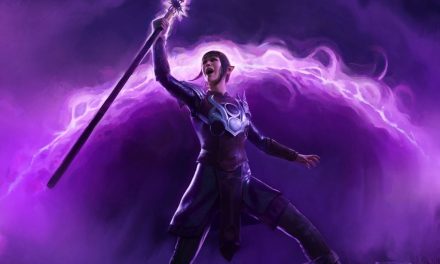Karma may come for those who do evil in the world, but sometimes it needs a helping hand. As an Oath of Vengeance Paladin, you are that hand.
There are evils in this world that must be punished. More importantly, there are brave Paladins who have chosen to dedicate their lives to ensuring that this punishment is delivered.
Are you committed to this cause? Will you vow to destroy evil wherever it may lurk?
Then swear your Sacred Oath with this full guide to the Oath of Vengeance Paladin in D&D 5e!
What is the Oath of Vengeance Paladin in D&D 5e?
The Oath of Vengeance Paladin is one of three Paladin subclasses that appear in the Player’s Handbook. It appears alongside the Oath of the Ancients and Oath of Devotion Paladins.
While every Sacred Oath is deeply personal for those who take it, none are quite as personal as the Oath of Vengeance. It is typically one’s own quest for revenge being amplified to a bigger picture in pursuit of justice that prompts them to take this oath.
These Paladins exist to find and punish wrongdoers. This type of wetwork goes beyond the typical notions of good and evil, so Vengeance Paladins tend to favor more neutral alignments.
Are bandits robbing travelers along the main highway? A dragon rampaging through the countryside? Corrupt Kings living in luxury while their people starve?
These are but a few examples that may prompt the call for Vengeance!
Tenets of the Oath of Vengeance
The tenets of the Oath of Vengeance are both brutal and straightforward. Evil simply must be punished.
- Fight the Greater Evil: Faced with a choice of fighting my sworn foes or combating a lesser evil, I choose the greater evil.
- No Mercy for the Wicked: Ordinary foes might win my mercy, but my sworn enemies will not.
- By Any Means Necessary: My qualms can’t get in the way of exterminating my foes.
- Restitution: If my foes wreak ruin on the world, it is because I failed to stop them. I must help those harmed by their misdeeds.
Vengeance is not sworn lightly. Once a Paladin has sworn Vengeance upon an enemy, they will stop at nothing to make sure that justice is delivered.
Role in the Party
They say that the best defense is a good offense and the Oath of Vengeance Paladin takes this to heart.
Oath of Vengeance Paladins are powerful strikers with an assortment of features that help them lay waste to opponents even more.
Mixing the natural strength and tank abilities of the Paladin class with an incredible set of offensive features, these Paladins are capable of being absolute Juggernauts on the battlefield.
That said, Vengeance Paladins are effectively trading their defensive capabilities to go all-in on the offense. If you’re going on the aggressive, make sure that you’re not leaving the party open to danger!
While it is possible to build a Vengeance Paladin that is more defensive in nature (especially by combining the Polearm Master and Sentinel feats), you’re definitely incentivized to charge enemies who would stand in the way of your vengeance!
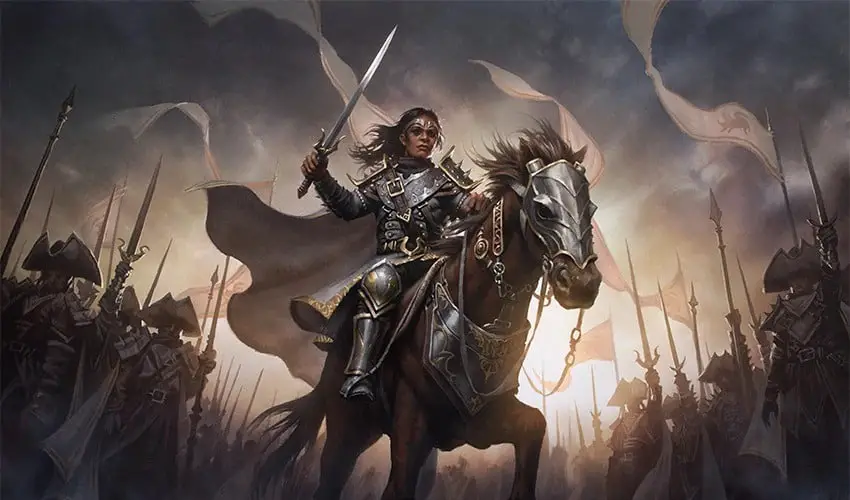
Oath of Vengeance Paladin Features 5e
The Oath of Vengeance Paladin is able to overwhelm and strike down even the most ferocious of foes.
Their features strongly cater to an aggressive playstyle and a laser-like focus on taking down the biggest threat. If the weaker enemies or minions don’t flee immediately, they’ll learn their lesson very soon thereafter.
Oath of Vengeance Spells
At each of the levels that you see on the table, you gain bonus spells from your Sacred Oath. These spells are always prepared and don’t count against the number of spells you can prepare each day.
If a spell isn’t from the Paladin spell list, it still counts as a Paladin spell for you.
| Paladin Level | Oath Spells |
| 3 | Bane, Hunter’s Mark |
| 5 | Hold Person, Misty Step |
| 9 | Haste, Protection from Energy |
| 13 | Banishment, Dimension Door |
| 17 | Hold Monster, Scrying |
If you can maintain concentration, Hunter’s Mark is a great spell that will greatly help you deal more damage to a chosen enemy. Bane isn’t a bad spell, necessarily, but it’s more situational for you as a Vengeance Paladin.
Misty Step is a fantastic spell that lets you quickly teleport a short distance using only a bonus action. Whether you’re engaging or falling back, it’s an excellent option to have. Hold Person is a wonderful spell, but you likely have a fairly low spell save DC which means it’s a risky option for the spell slot.
Both spells you gain at level 9 are incredible. Haste is one of the best buffs in the game and Protection from Energy can be a lifesaver if used cleverly!
Banishment is good but your spell save DC once again makes this unreliable. Dimension Door is a teleportation ability but it’s a bit overkill in most situations you’ll need it. Misty Step should usually be good enough for you.
I’ve got the same thoughts on Hold Monster as I have about Hold Person. These are great spells that can immediately be “game over” for an enemy, but they’re risky to use for you. I wouldn’t bother with Scrying. You almost certainly have an ally that’s had this spell for quite some time.
Related: The Best Paladin Spells By Level in D&D 5e!
Channel Divinity (Level 3)
Once per short or long rest, you’re able to use your Channel Divinity. You have two options for how you can use this feature.
Abjure Enemy: As an action, you present your holy symbol and choose one creature within 60 feet of you that you can see. That creature must make a Wisdom saving throw unless it is immune to being frightened. Fiends and undead have disadvantage on the saving throw.
On a failed save, the creature is frightened for one minute or until it takes any damage. While frightened, the creature’s speed is 0, and it cannot benefit from any bonus to its speed.
On a successful save, the creature’s speed is halved for one minute or until the creature takes any damage.
If your target isn’t immune to the frightened condition, this can be a great way to shut them down.
This is a good effect, but it’s hard to get as excited about it as your second option…
Vow of Enmity: As a bonus action, you can utter a vow of enmity against a creature you can see within 10 feet of you. You gain advantage on attack rolls against the creature for one minute or until it drops to 0 hit points or falls unconscious.
Vow of Enmity could also just be called “I win.”
Lasting an entire minute means that for 10 rounds you’ve got advantage on all your attacks. Not only are you more likely to hit, but your chances of getting a critical hit (and pumping that up even further with your Divine Smite) just doubled as well.
Speaking as a DM, I can’t even begin to count the number of boss enemies I’ve thrown at a party only to have them quickly turned into hamburger meat because of this feature. This is that powerful and mixes greatly with what the Oath of Vengeance Paladin is all about.
Abjure Enemy is nice, but you’ll be using Vow of Enmity so much more.
Relentless Avenger (Level 7)
Sometimes enemies may try to run away after realizing what they’re up against.
They won’t get far.
When you hit a creature with an opportunity attack, you can move up to half your speed immediately after the attack and as part of the same reaction. This movement does not provoke attacks of opportunity.
This is a great feature as it is. You can either chase down an enemy that’s trying to flee or seize the momentum to rush even further toward your primary target.
Mixing this feature with the Polearm Master or Sentinel feats (or both!) results in something so good it’s almost disgusting. Both of these feats will make it much more common for you to get attacks of opportunity and use your Relentless Avenger feature more often.
Additionally, hitting enemies with reach and keeping them in place with Sentinel while you continue your charge is quite a sight to behold!
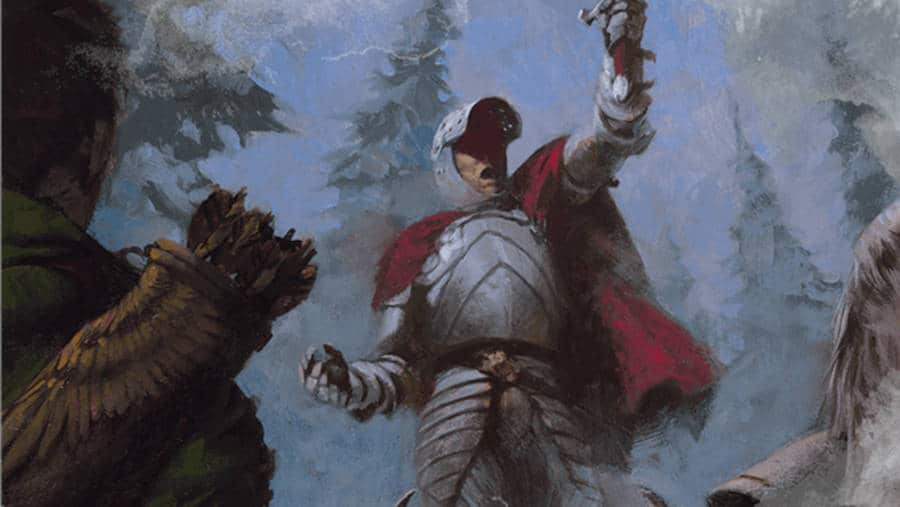
Soul of Vengeance (Level 15)
Would you like to swing your weapon EVEN MORE?
At level 15, you can do just that!
When a creature under the effect of your Vow of Enmity makes an attack, you can use your reaction to make a melee weapon attack against that creature if it is within range.
So, you’ve already got advantage on all of your attacks against the enemy you use your Vow of Enmity on. Should they try to fight back, being able to get in another swing (with advantage) using your reaction is very much worth it!
If they attack you, you’re hitting them with Soul of Vengeance. If they try to run, you’re chasing them down with Relentless Avenger.
You really are a Juggernaut!
Avenging Angel (Level 20)
Sometimes death may ride a pale horse. Other times, it flies around with large wings and a grudge.
Using your action, you transform into an avenging Angel for one hour. You can use this feature once per long rest.
In your Avenging Angel form, you gain the following benefits:
Wings sprout from your back and grant you a flying speed of 60 feet.
Because the only thing that could make you more terrifying is the ability to fly…
But that’s not all!
You emanate an aura of menace in a 30-foot radius.
The first time an enemy creature enters the aura or starts its turn there in combat, the creature must succeed on a Wisdom saving throw or become frightened of you for one minute or until it takes any damage. Attack rolls against the frightened creature have advantage.
This is a wonderful capstone feature that’s just perfect for the Oath of Vengeance Paladin’s mechanics and theme.
You’ll have no problem chasing down enemies, scaring every ounce of hope out of them, and dishing out justice.
If you’re attacking an enemy that you hadn’t sworn your Vow of Enmity on, you’ll still have advantage on your attacks if they fail their saving throw against your aura’s fear effect!
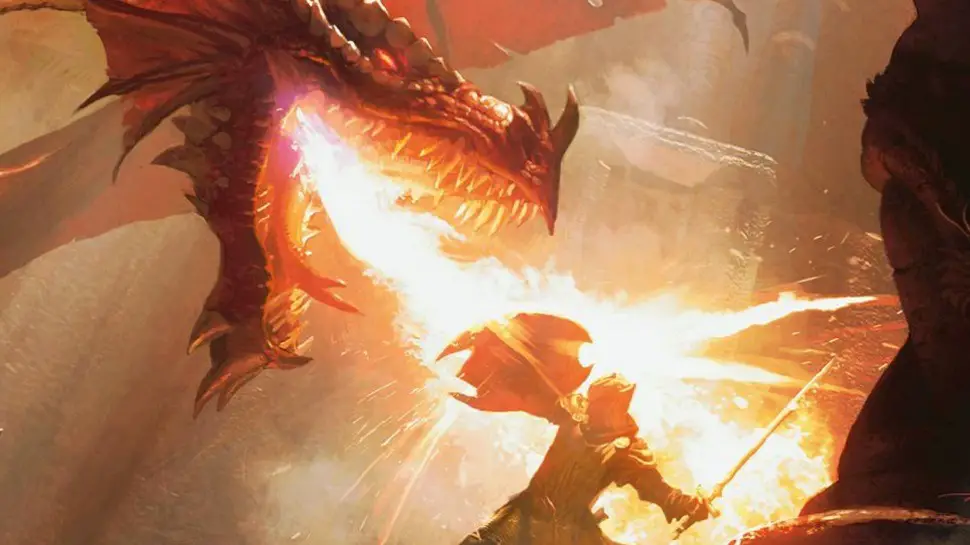
Connections
More often than not, a Paladin who swears the Oath of Vengeance has had something terrible happen to them in their past. This event was enough to prompt them to seek revenge in the name of justice and dedicate themselves to preventing others from feeling that same pain.
This makes for an easy hook to tie an Oath of Vengeance Paladin into an adventure. The higher the stakes and the greater the evil, the more a Vengeance Paladin will be interested in taking a stand with the party.
By their nature, Oath of Vengeance Paladins favor direct and decisive action. They are fully committed to eliminating those that they view as their primary target and tend to hold their allies to the same standard.
Look back over the tenets of the Oath of Vengeance. Some enemies may prove themselves worthy of mercy, but those who the Paladin has sworn vengeance against will receive no quarter.
Your character might be a fairly intense individual, but there’s no confusion about where they stand on issues!
Is the Oath of Vengeance Paladin Good?
There is so much to the Oath of Vengeance and every ounce of it is amazing!
The sheer offensive power of the Oath of Vengeance Paladin makes it one of the strongest subclasses in the entire game.
Most subclasses have a certain “sweet spot” to them. Some start out strong and get cool but ultimately less impressive features at higher levels. Others take a little bit of time to build up to that “sweet spot” and then they start to really deliver and function at 100%.
Not the Oath of Vengeance Paladin!
From the time you can become a Vengeance Paladin at level 3 all the way up to level 20, this subclass just keeps delivering the goods.
It’s like a massive crescendo that gets more and more intense up until level 20 when you are the embodiment of the Angel of Death to all those who would stand against you.
What else is there to really say about this subclass? It’s just simply awesome!
See the full verdict in my ranking of every Paladin class in D&D 5e!
Conclusion – Oath of Vengeance Paladin in D&D
But that’s it for this guide to the Oath of Vengeance Paladin. I hope you’ve found this article helpful!
I really love the theme of this subclass. While they abide by the concepts of law and justice, their morals lend themselves to a certain “gray area.”
It may be practical, but it could potentially tempt them towards a type of “might makes right” path of an Oathbreaker if it’s not tempered with discipline and a great deal of care.
Sure, it’s probably easy to view these characters as just high-rolling, hard-hitting stat blocks. But there is so much potential for tying a Vengeance Paladin into an adventure that it’s a DM’s dream for storytelling.
If you’re a DM and want the party to face a certain boss, giving a Vengeance Paladin a reason to hate them is a great way to make that fight happen. Now, having the fight last longer than a couple of rounds is an entirely different story though!
Got questions, character concepts, or fun stories about the Oath of Vengeance Paladin? Let’s chat in the comments!
Don’t forget to sign up for the Tabletop Joab newsletter! It’s the best way to get all the latest player guides, DM Tips, news, reviews, and more for D&D 5e right to your inbox!
You can also follow me on Facebook and Twitter.
If you found this article helpful and want to support the site, you can buy me a coffee here! (It’s not expected, but very appreciated!)

